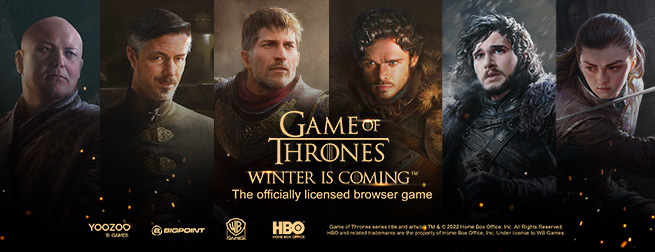-

0 -

22 -

853 -

1915
2826 plików
80,59 GB
 Foldery
Foldery Ostatnio pobierane pliki
Ostatnio pobierane pliki
- sortuj według:
- 334 KB
- 13 maj 13 7:30
zachomikowany
- 72,1 MB
- 13 maj 13 7:30
zachomikowany
- 153 KB
- 13 maj 13 7:30
zachomikowany
- 29,4 MB
- 13 maj 13 7:30
zachomikowany
- 99 KB
- 13 maj 13 7:30
zachomikowany
- 54,4 MB
- 13 maj 13 7:30
zachomikowany
- 91 KB
- 13 maj 13 7:30
zachomikowany
- 53,5 MB
- 13 maj 13 7:30
zachomikowany
- 103 KB
- 13 maj 13 7:30
zachomikowany
- 54,4 MB
- 13 maj 13 7:30
zachomikowany
- 106 KB
- 13 maj 13 7:30
zachomikowany
- 53,3 MB
- 13 maj 13 7:30
zachomikowany
- 84 KB
- 13 maj 13 7:30
zachomikowany
- 13,3 MB
- 13 maj 13 7:30
zachomikowany
- 175 KB
- 13 maj 13 7:30
zachomikowany
- 32,1 MB
- 13 maj 13 7:30
zachomikowany
- 163 KB
- 13 maj 13 7:30
zachomikowany
- 161 KB
- 13 maj 13 7:30
zachomikowany
- 155 KB
- 13 maj 13 7:30
zachomikowany
- 31,6 MB
- 13 maj 13 7:30
zachomikowany
- 144 KB
- 13 maj 13 7:30
zachomikowany
- 40,5 MB
- 13 maj 13 7:30
zachomikowany
- 93 KB
- 13 maj 13 7:30
zachomikowany
- 16,0 MB
- 13 maj 13 7:30
zachomikowany
- 125 KB
- 13 maj 13 7:30
zachomikowany
- 140,3 MB
- 13 maj 13 7:30
zachomikowany
- 133 KB
- 13 maj 13 7:30
zachomikowany
- 49,6 MB
- 13 maj 13 7:30
zachomikowany
-

526 -

590 -

22 -

0
1165 plików
28,37 GB
 Chomikowe rozmowy
Chomikowe rozmowy
 Zaprzyjaźnione i polecane chomiki (15)
Zaprzyjaźnione i polecane chomiki (15)























 Pokaż wszystkie
Pokaż wszystkie Pokaż ostatnie
Pokaż ostatnie











